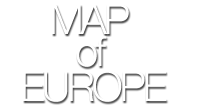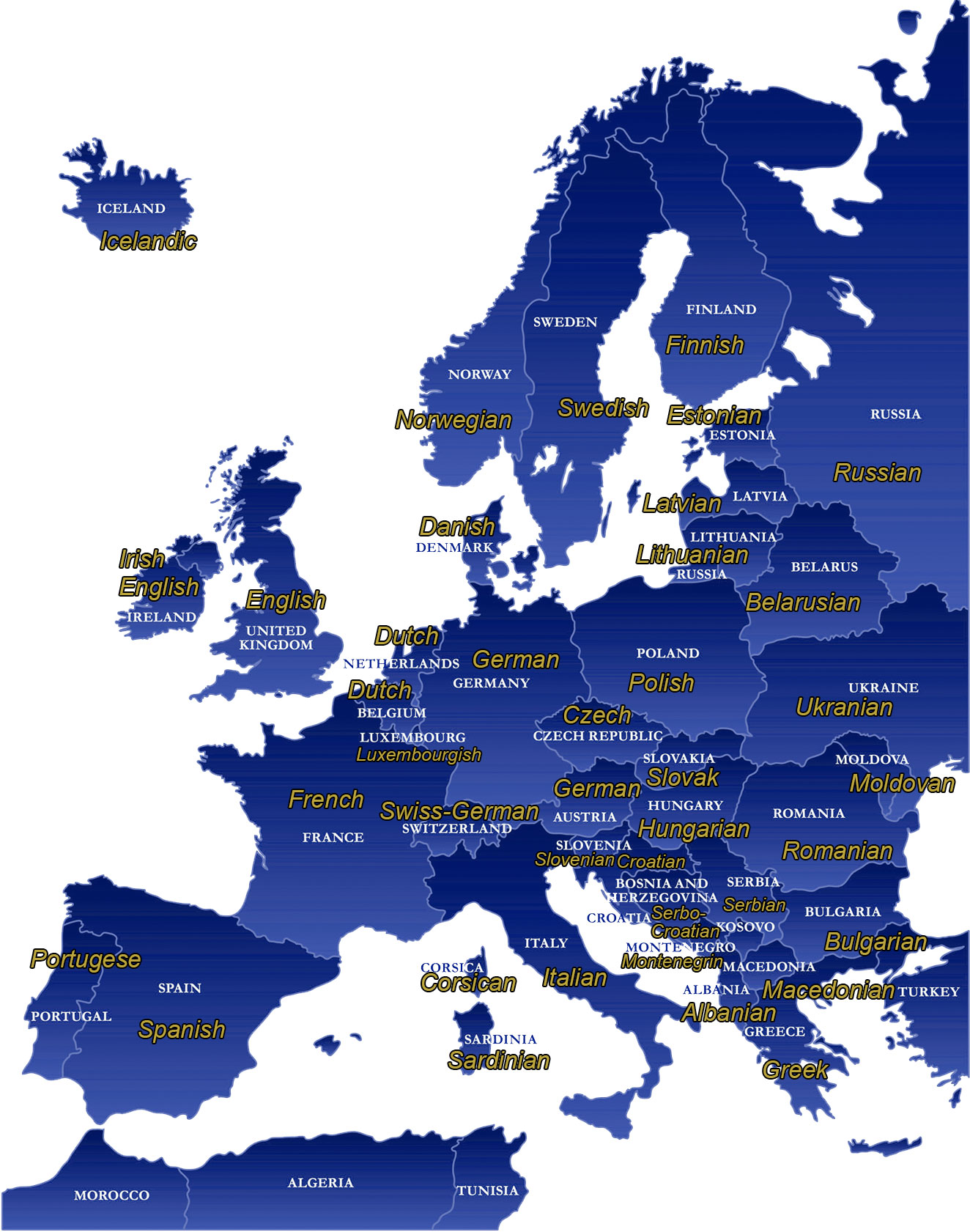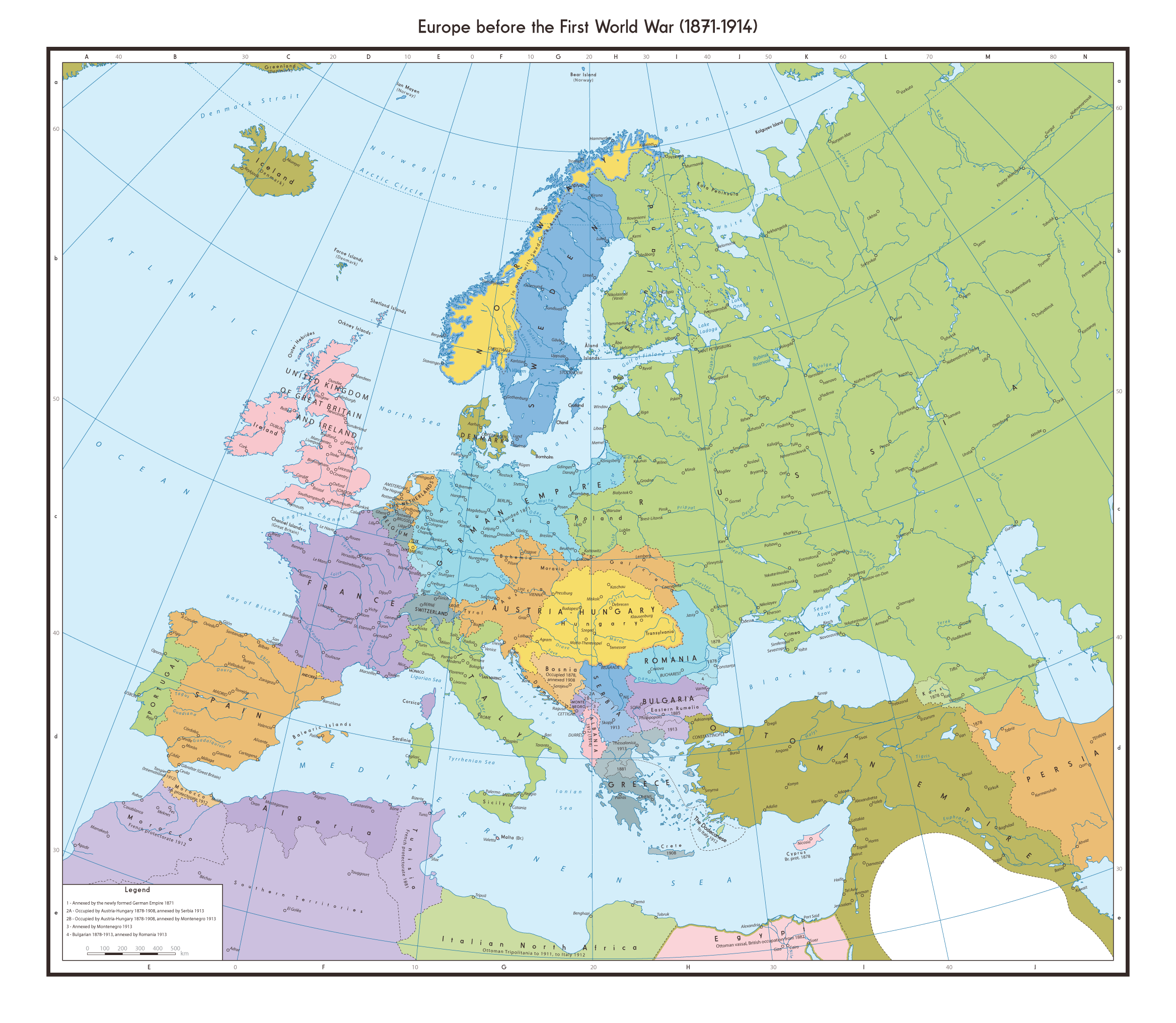Map of Greenland
While Greenland is technically closer to Canada than it is to Europe. It is an autonomous constituent country within the kingdom of Denmark. With a low population of about fifty seven thousand people, it is one the least populated territories on earth. The capital is Nuuk and most of the population is made up Inuit who began migrating from the North American continent about seven hundred years ago. Greenland was settled by the Norse a about a thousand years ago but most of the Norse either died out or interbred with the Inuit population.
Greenland has also the largest permanent ice sheet outside of Antarctica. Most of the map of Greenland you see above is just ice sheet.



